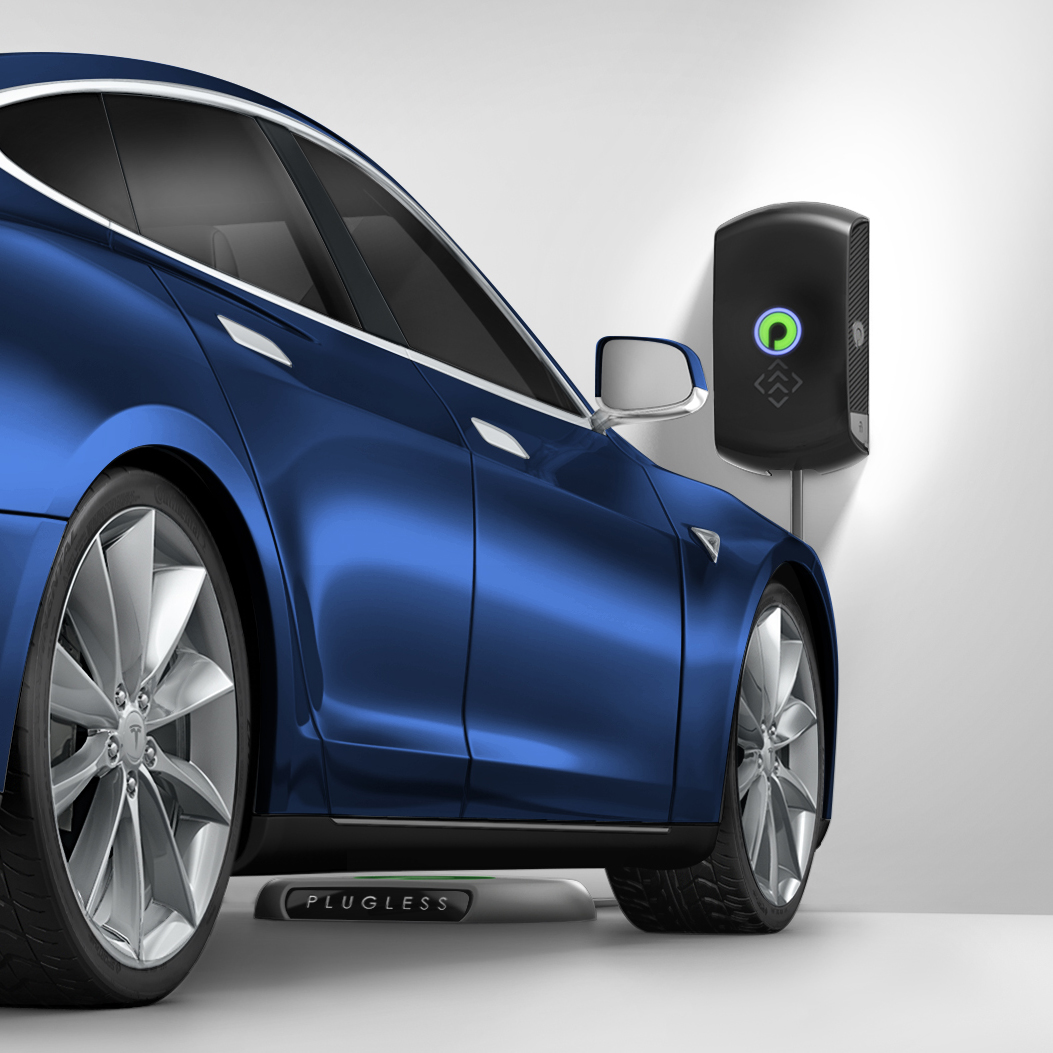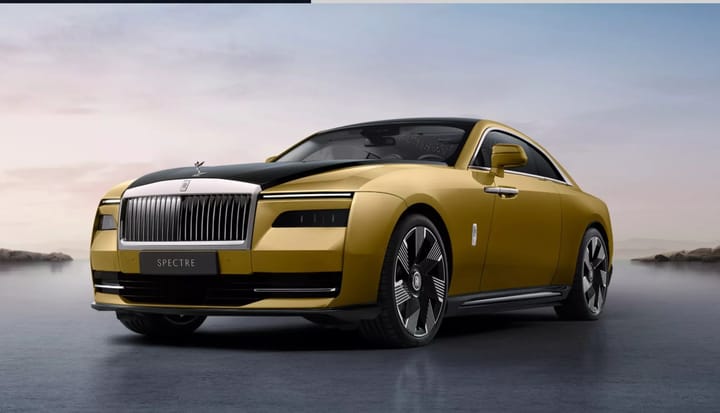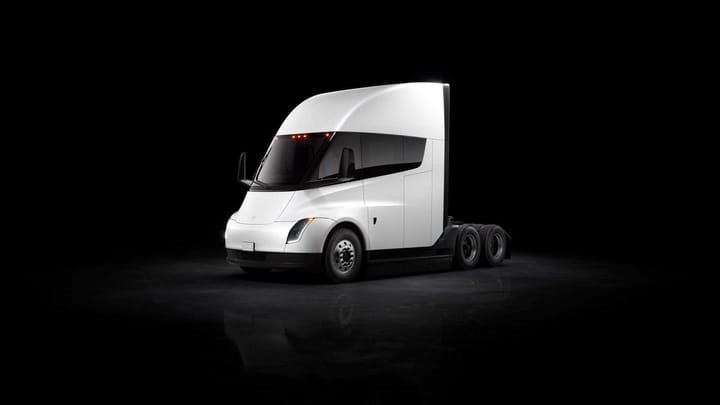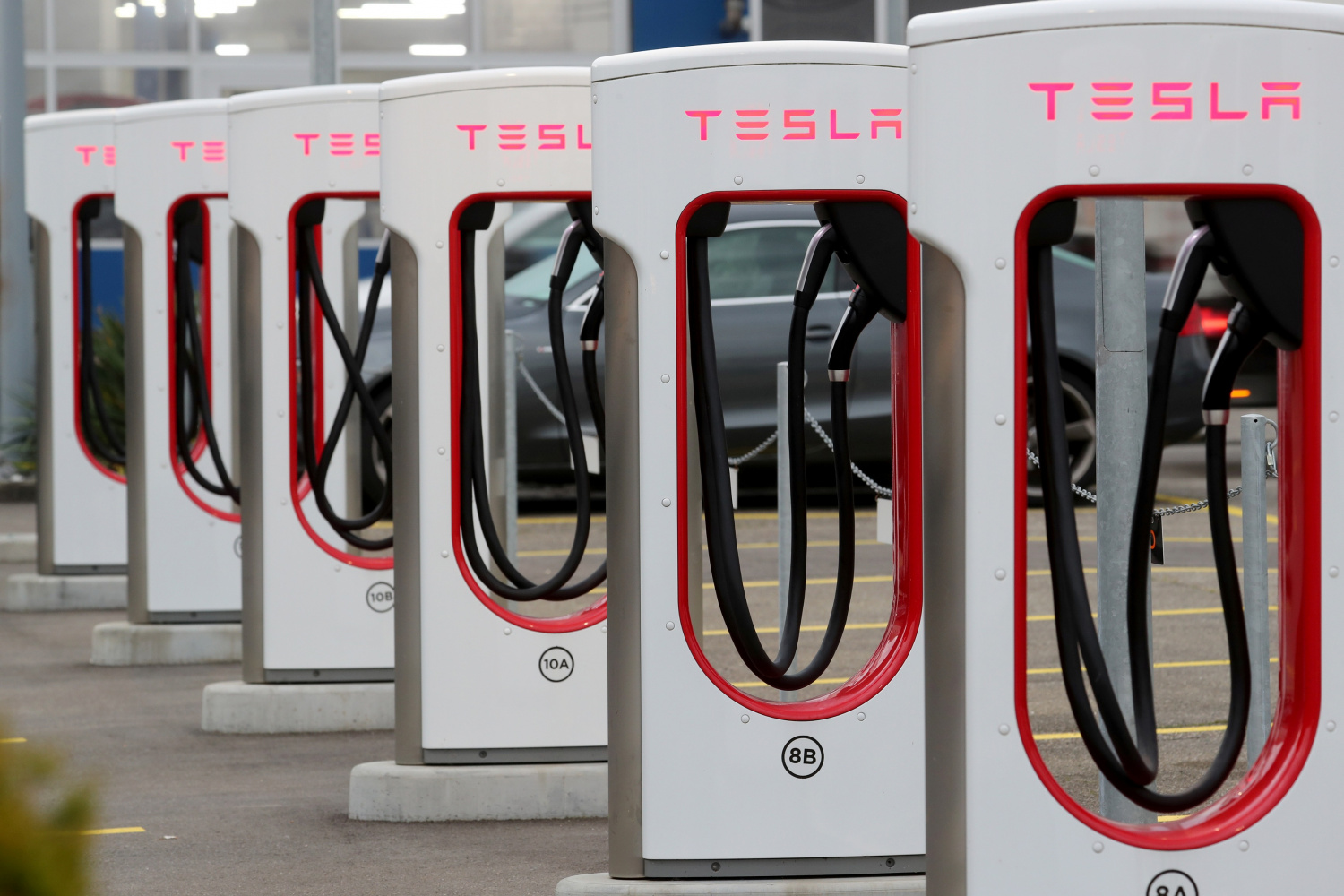Tesla's Wireless Charging Breakthrough - A Future Without Plugs?

Tesla, the electric vehicle and clean energy company, is renowned for its continuous innovation and ambition to revolutionize existing technologies. Recently, whispers within the tech community hint at another potential game-changer: significant advancements in wireless charging technology. While details remain scarce, the implications of a commercially viable wireless charging solution from Tesla could be monumental, impacting everything from electric vehicle adoption to the future of smart homes.
The Promise and Challenges of Wireless Charging
Wireless charging, while not a new concept, has primarily been limited to smaller devices like smartphones and wearables. Scaling up this technology for power-hungry electric vehicles presents significant engineering hurdles. The primary challenges include:
- Energy Transfer Efficiency: Wireless charging inherently experiences energy loss during transmission. Achieving high efficiency rates for the large batteries found in EVs is crucial for practical charging times.
- Charging Speed: Wireless charging speeds currently lag behind traditional wired charging. To compete, Tesla would need to demonstrate comparable or faster charging times for their EVs.
- Cost and Infrastructure: Implementing wireless charging infrastructure on a large scale would require substantial investment. The cost-effectiveness of this technology compared to existing wired solutions needs careful consideration.
- Safety and Standardization: Ensuring the safety of high-power wireless charging systems and establishing industry standards are paramount for widespread adoption.
Tesla's Potential Breakthrough: What We Know (and Don't)
While Tesla has remained tight-lipped about specifics, speculation is rife about their progress in wireless charging. Rumors suggest they are exploring a variety of technologies, including:
- Resonant Inductive Coupling: This method utilizes coils to create a magnetic field that transmits energy wirelessly. Tesla could be working on improving efficiency and range for EV charging.
- Directed Energy Beamforming: A more futuristic approach, this technology focuses energy beams directly at the vehicle's receiver. This could potentially offer faster charging speeds and increased distance capabilities.
It's important to note that these are currently speculative possibilities. Tesla's actual approach may differ, and concrete information is awaited.
The Potential Impact on the EV Landscape
Should Tesla overcome the technical challenges and deliver a commercially viable wireless charging solution, the impact on the EV market could be transformative:
- Increased EV Adoption: The convenience of wireless charging could entice more consumers to embrace electric vehicles, potentially accelerating the transition away from fossil fuels.
- Infrastructure Overhaul: The rollout of wireless charging infrastructure, while initially costly, could lead to a more efficient and aesthetically pleasing charging experience compared to traditional charging stations.
- Smart City Integration: Wireless charging aligns seamlessly with the concept of smart cities, enabling dynamic charging solutions integrated into parking spots, garages, and roadways.
- Autonomous Vehicle Synergy: Wireless charging is a crucial component for fully autonomous vehicles, allowing them to recharge without human intervention.
Looking Ahead: A Wireless Future?
Tesla's rumored advancements in wireless charging technology present an exciting glimpse into a future where the hassle of cords and plugs might become a thing of the past. While substantial challenges remain, the potential benefits of this technology are undeniable. If successful, Tesla's efforts could mark a significant leap towards a more sustainable and electrified future.
As always, Tesla operates under a veil of secrecy, leaving the specifics of their wireless charging progress to be revealed in due time. The tech world waits with bated breath for official announcements and demonstrations that could reshape the future of electric vehicles and beyond.
















Comments ()